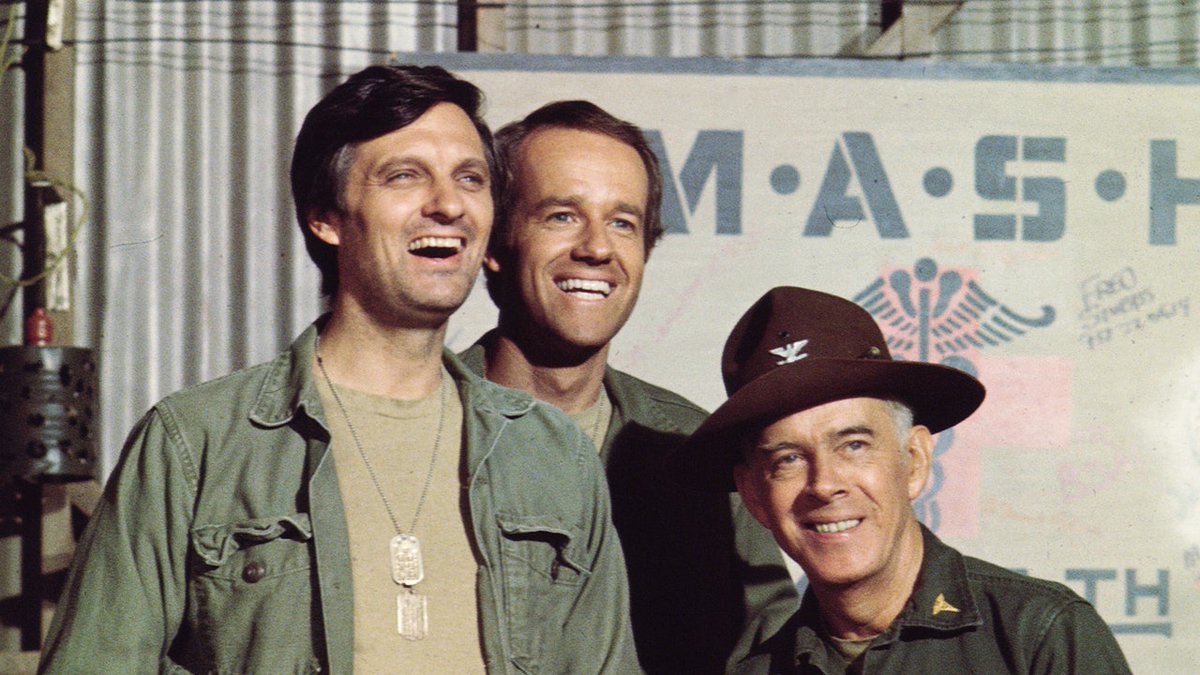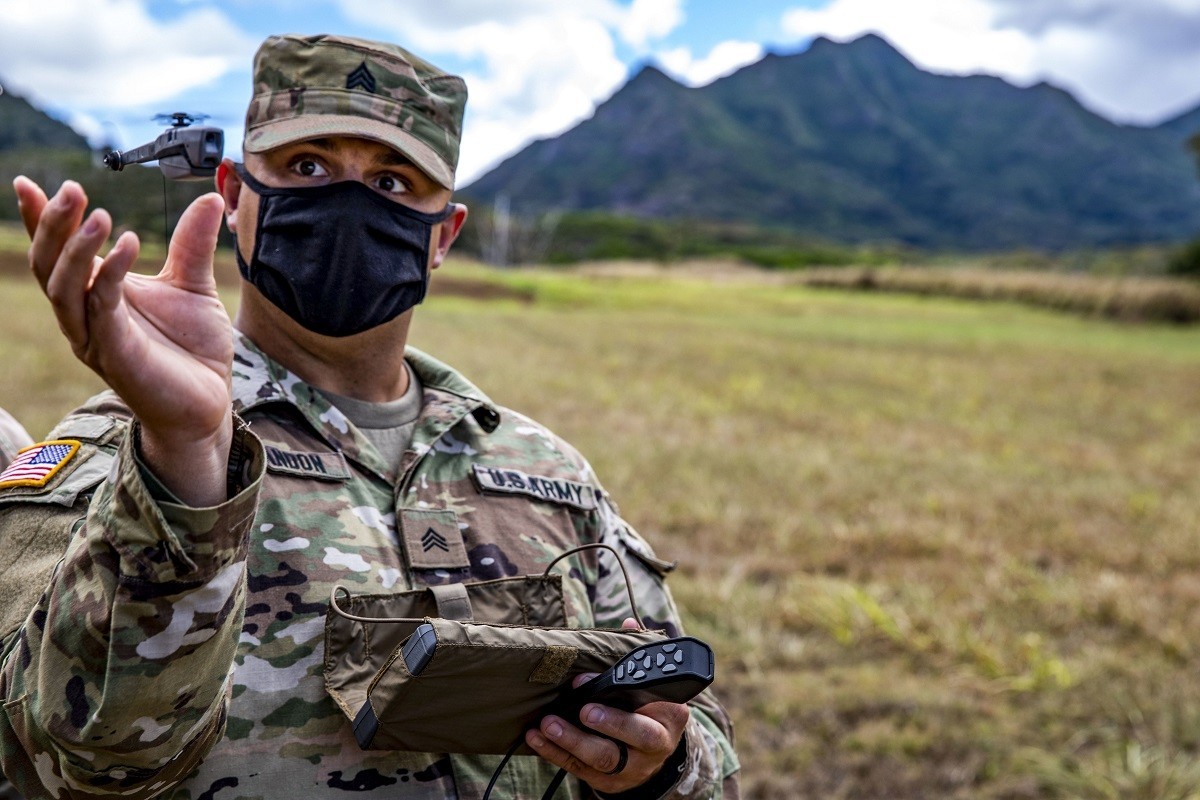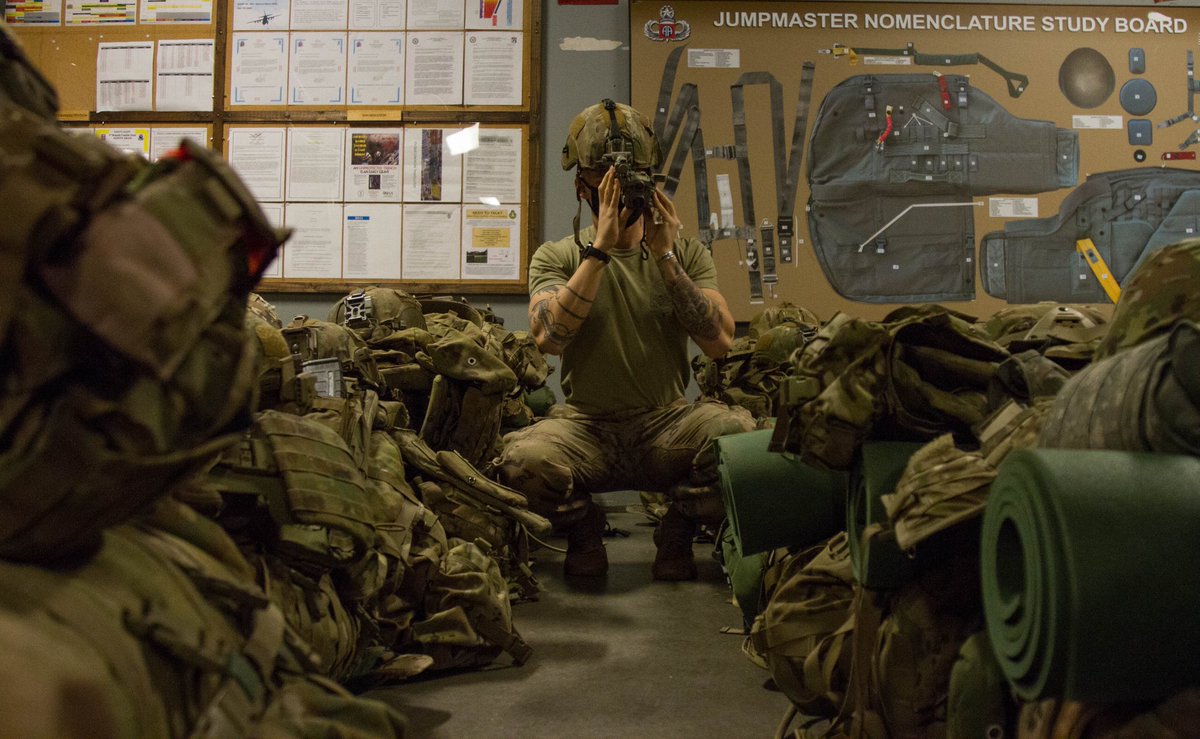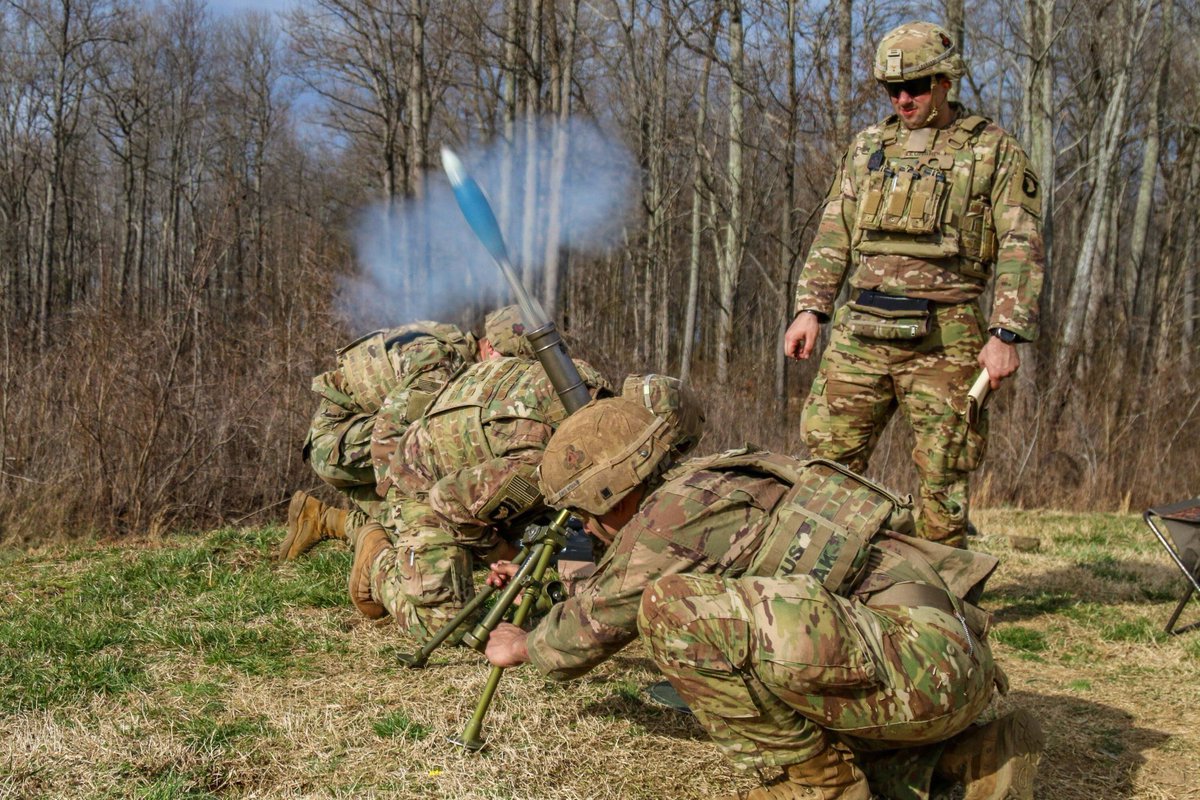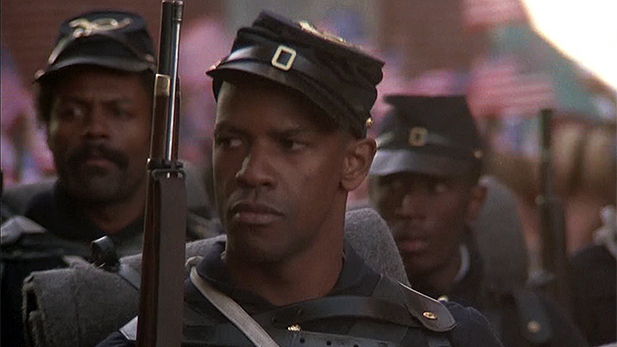
[1 of 25]
It's #SuperBowl Sunday! More importantly, today is Day 4 of our daily series on Soldier-driven innovations which have changed the American way of war.
It's #SuperBowl Sunday! More importantly, today is Day 4 of our daily series on Soldier-driven innovations which have changed the American way of war.
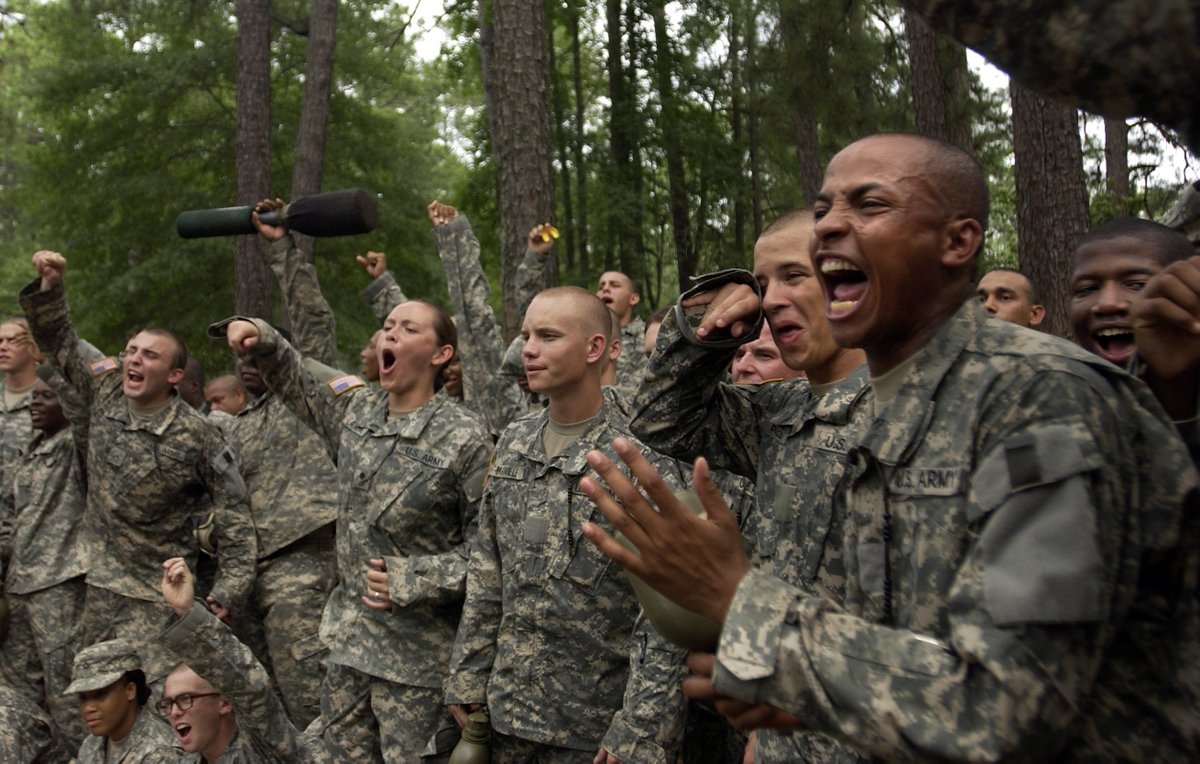
[2 of 25]
Ideas developed by American Soldiers - when endorsed by senior leaders - can alter the way our Army runs.
This series proves that point.
Ideas developed by American Soldiers - when endorsed by senior leaders - can alter the way our Army runs.
This series proves that point.
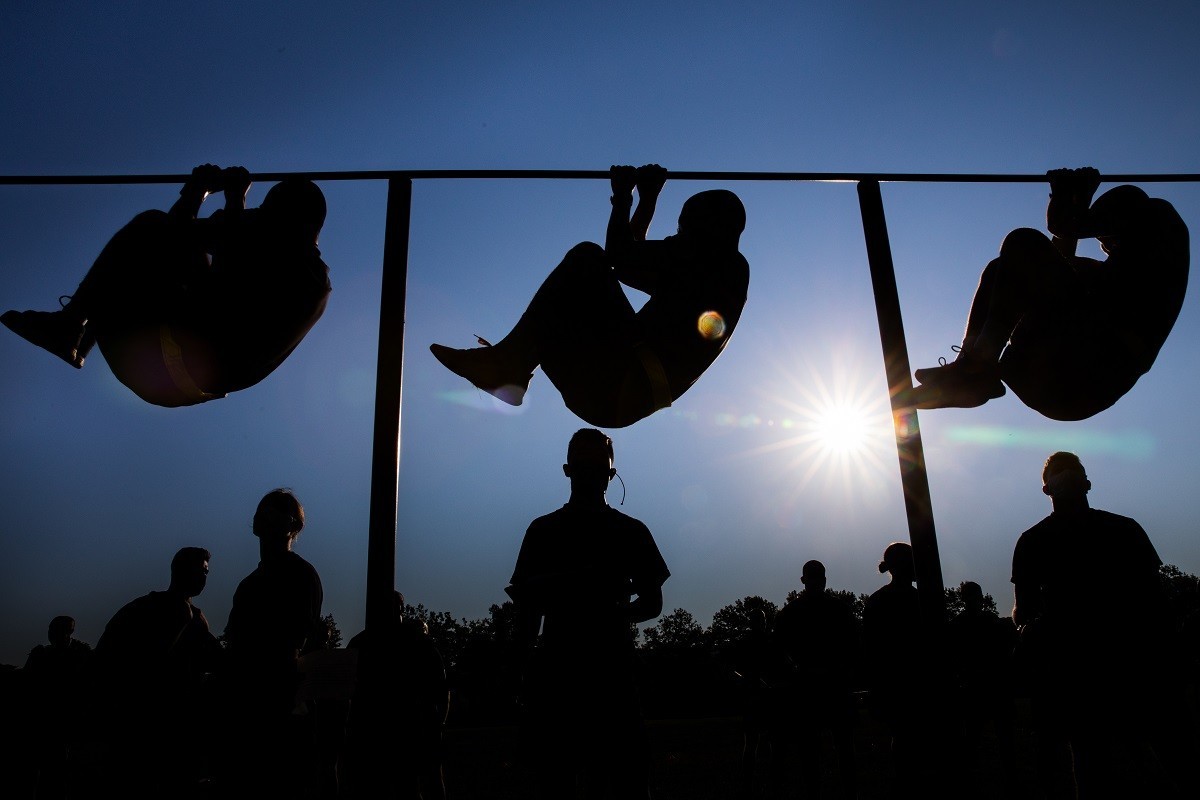
[3 of 25]
So every day, until Monday, February 22nd, the start of episode 3 of Dragon’s Lair, we’re going to tell another story about a Soldier innovation that has had a strategic impact.
So every day, until Monday, February 22nd, the start of episode 3 of Dragon’s Lair, we’re going to tell another story about a Soldier innovation that has had a strategic impact.
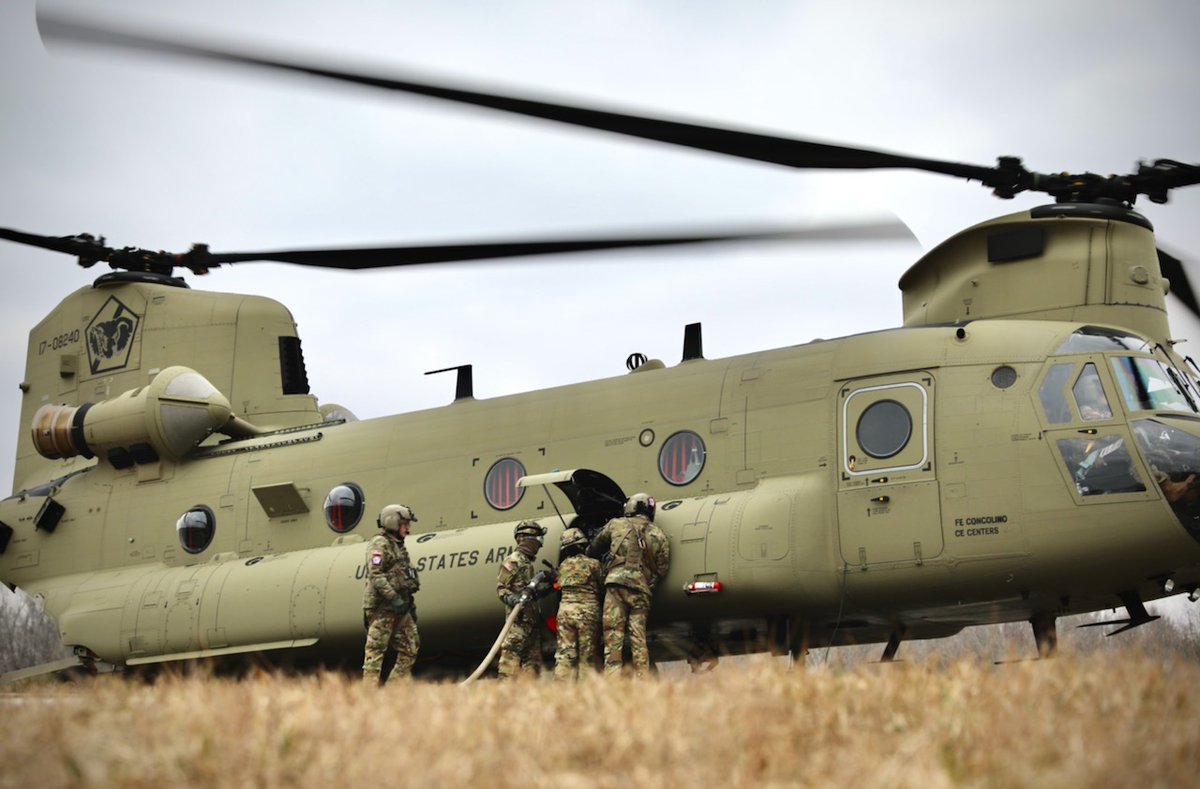
[4 of 25]
One thing you’ll find in researching Army medicine and combat medical care: so much of the methods and technology by which we treat wounded Soldiers in combat today came not from Generals or from the Pentagon.
One thing you’ll find in researching Army medicine and combat medical care: so much of the methods and technology by which we treat wounded Soldiers in combat today came not from Generals or from the Pentagon.
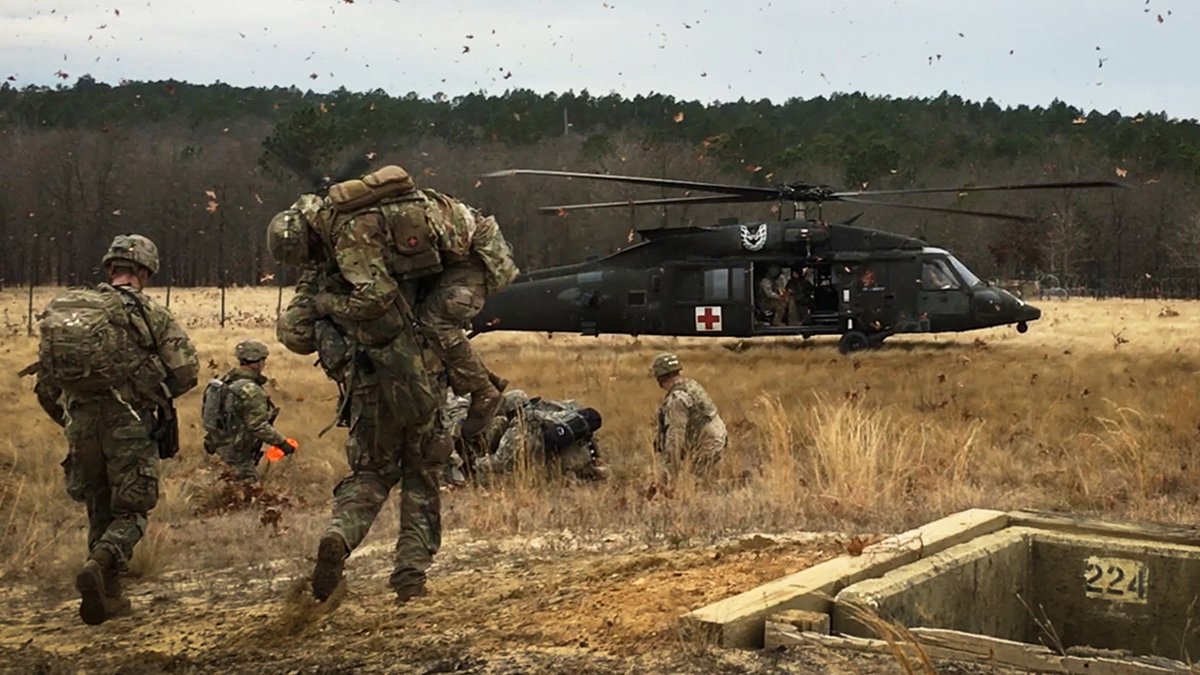
[5 of 25]
These concepts came from front-line medics in combat (WWI, WWII, and particularly Korea) who, out of necessity, developed more efficient ways to treat and SAVE wounded Soldiers and get them back into the fight.
These concepts came from front-line medics in combat (WWI, WWII, and particularly Korea) who, out of necessity, developed more efficient ways to treat and SAVE wounded Soldiers and get them back into the fight.
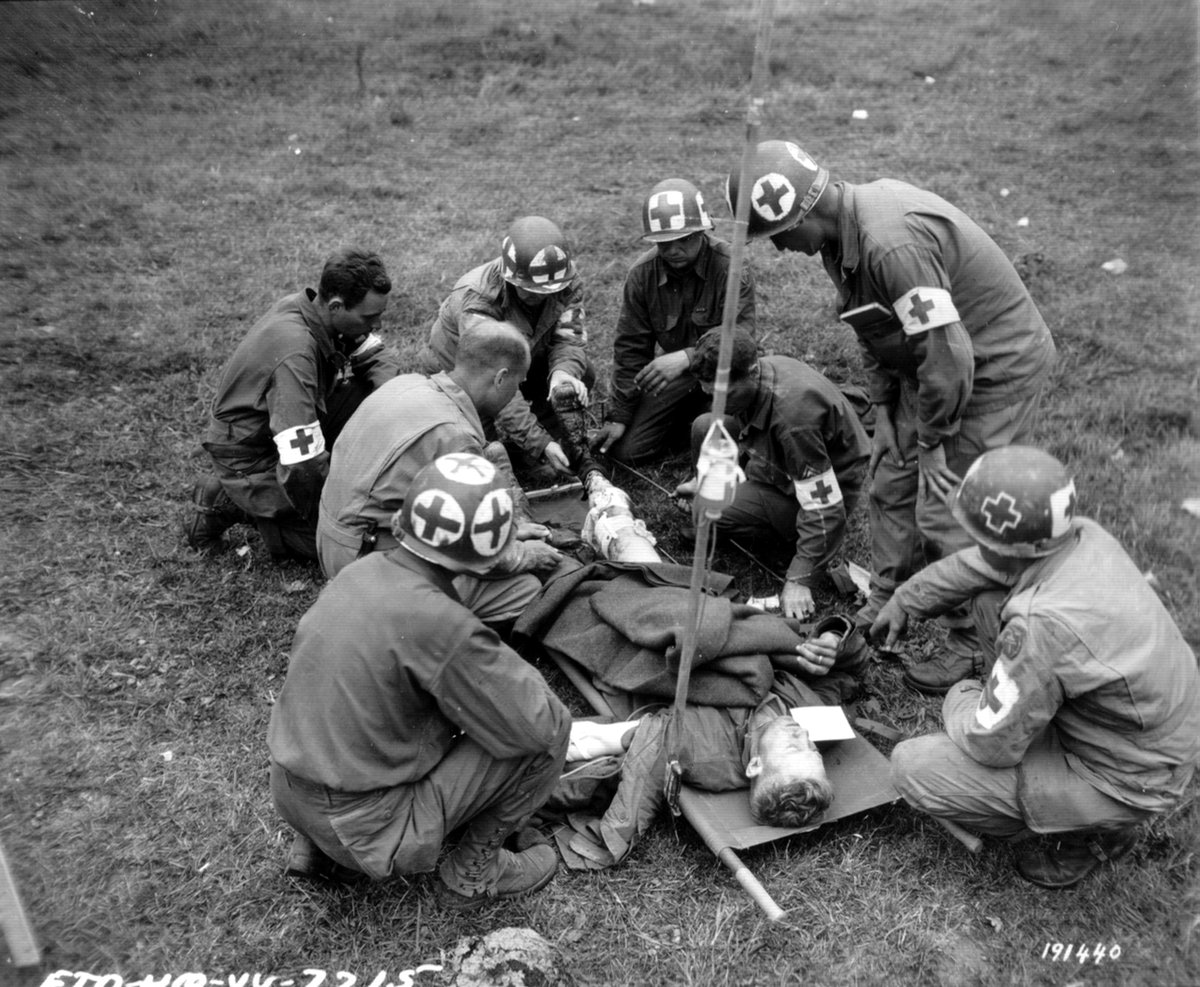
[6 of 25]
That's certainly the case with Mobile Army Surgical Hospital, in use up until the surge in Iraq, and the predecessor to today's field hospital / hospital center.
That's certainly the case with Mobile Army Surgical Hospital, in use up until the surge in Iraq, and the predecessor to today's field hospital / hospital center.

[8 of 25]
The MASH concept was developed in late 1944 by a medic named Victor Marran who served in Patton’s Third Army in Europe in WWII.
Hey did he come up with the idea and why?
For that, let's take a few steps back.
The MASH concept was developed in late 1944 by a medic named Victor Marran who served in Patton’s Third Army in Europe in WWII.
Hey did he come up with the idea and why?
For that, let's take a few steps back.
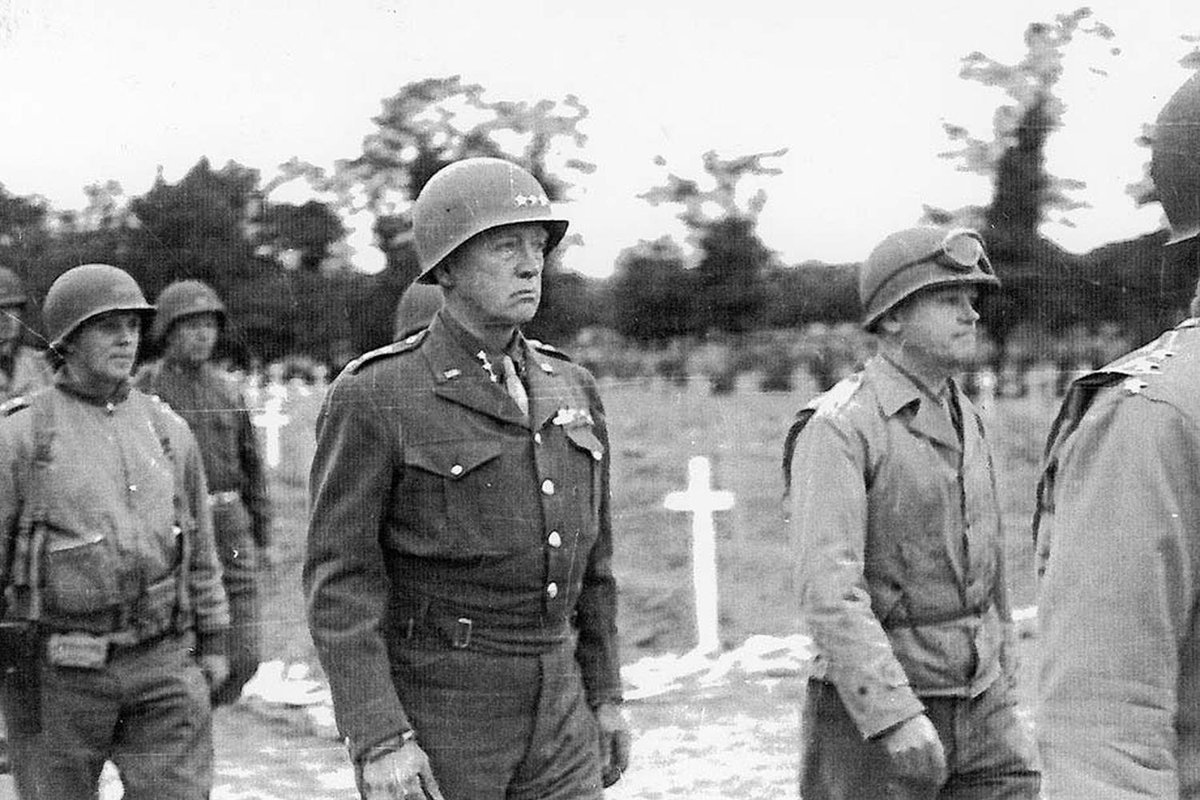
[9 of 25]
In WWI, combat medics treated Soldiers who could stay and fight.
Those who too wounded to continue to fight were moved by rail to enormous Camp Hospitals hundreds of miles away from the front lines.
In WWI, combat medics treated Soldiers who could stay and fight.
Those who too wounded to continue to fight were moved by rail to enormous Camp Hospitals hundreds of miles away from the front lines.

[10 of 25]
The Allied Expeditionary Force established 57 of these enormous sites throughout Luxembourg, Belgium, and France.
Once they were established, of course, they couldn’t move.
The Allied Expeditionary Force established 57 of these enormous sites throughout Luxembourg, Belgium, and France.
Once they were established, of course, they couldn’t move.
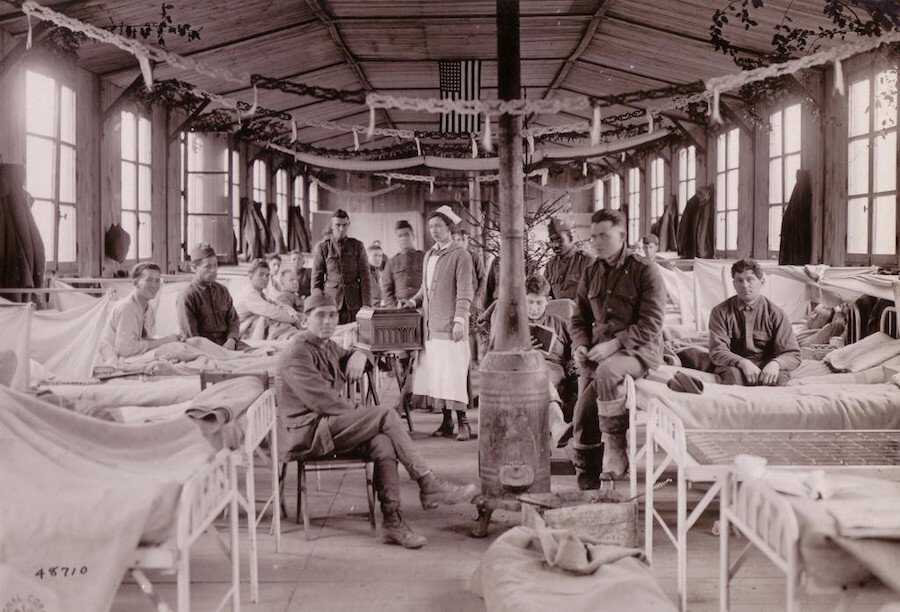
[11 of 25]
We did the same thing in WWII, setting up enormous Camp Hospitals in existing European buildings (generally army barracks).
These fixed structures had hundreds of beds and hundreds of doctors.
We did the same thing in WWII, setting up enormous Camp Hospitals in existing European buildings (generally army barracks).
These fixed structures had hundreds of beds and hundreds of doctors.
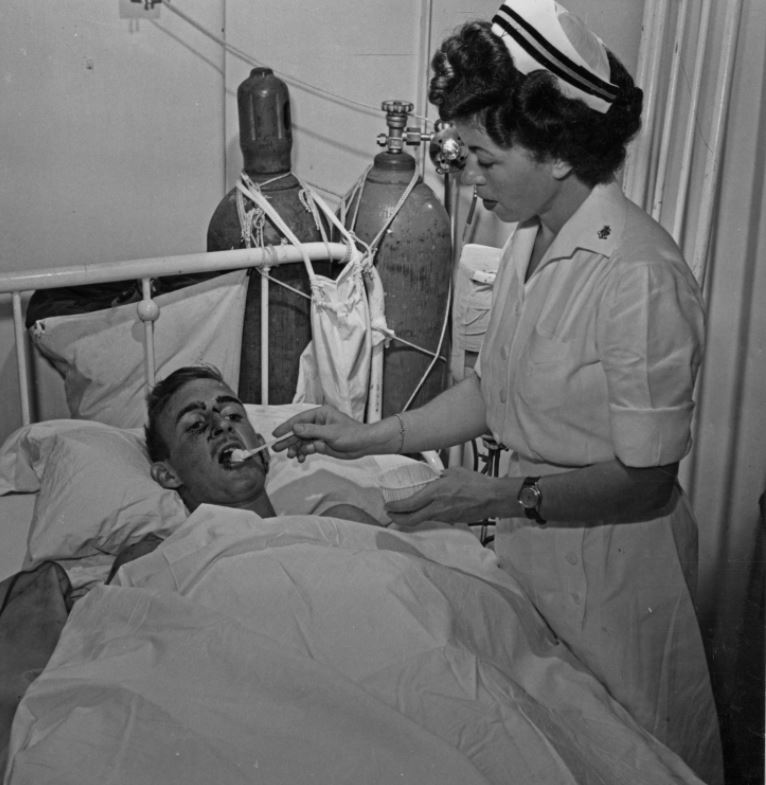
[12 of 25]
More importantly, these Camp Hospitals had stockpiles of medical supplies that came in from the US by boat in steady supplies.
More importantly, these Camp Hospitals had stockpiles of medical supplies that came in from the US by boat in steady supplies.
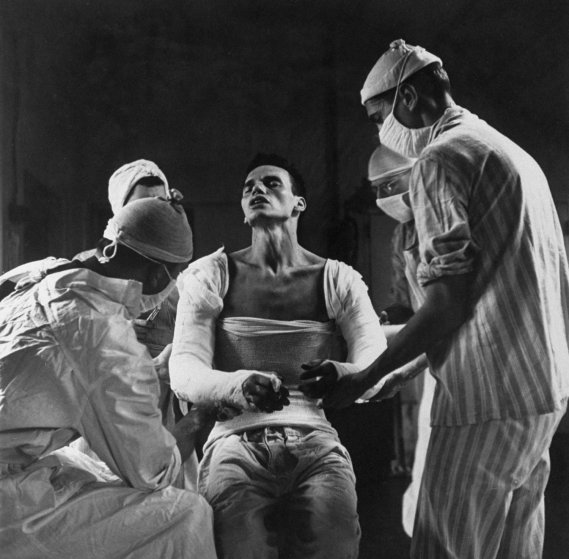
[13 of 25]
Those Camp Hospitals were intended to be a temporary spot for wounded Soldiers. The idea being that if the guy is too wounded to return to the fight, he gets on the next boat back to the US.
If he CAN return, get him back to his unit as quickly as possible.
Those Camp Hospitals were intended to be a temporary spot for wounded Soldiers. The idea being that if the guy is too wounded to return to the fight, he gets on the next boat back to the US.
If he CAN return, get him back to his unit as quickly as possible.
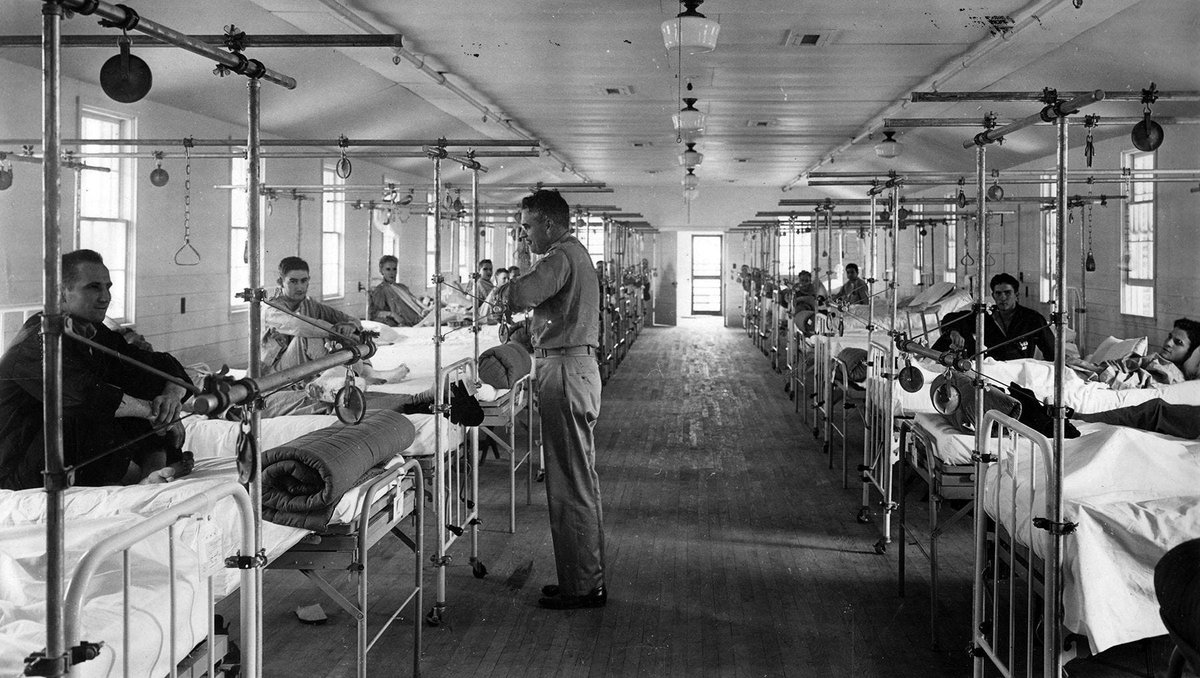
[14 of 25]
The problem was that these hospitals were just too far from the front lines and it was too hard to move troops back to a front line unit that was always advancing.
So, many troops just stayed in the Camp Hospital and many units didn't send their wounded there at all.
The problem was that these hospitals were just too far from the front lines and it was too hard to move troops back to a front line unit that was always advancing.
So, many troops just stayed in the Camp Hospital and many units didn't send their wounded there at all.
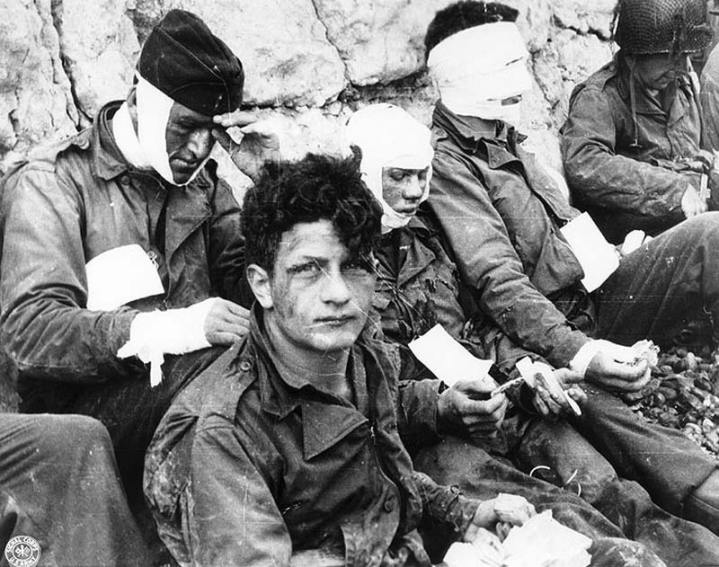
[15 of 25]
Throughout 1944, as the Field Armies dashed across France, they would establish “field hospitals” closer to the front in existing French hospitals.
However, these were very limited in supplies: you basically had whatever the German forces left behind.
Throughout 1944, as the Field Armies dashed across France, they would establish “field hospitals” closer to the front in existing French hospitals.
However, these were very limited in supplies: you basically had whatever the German forces left behind.
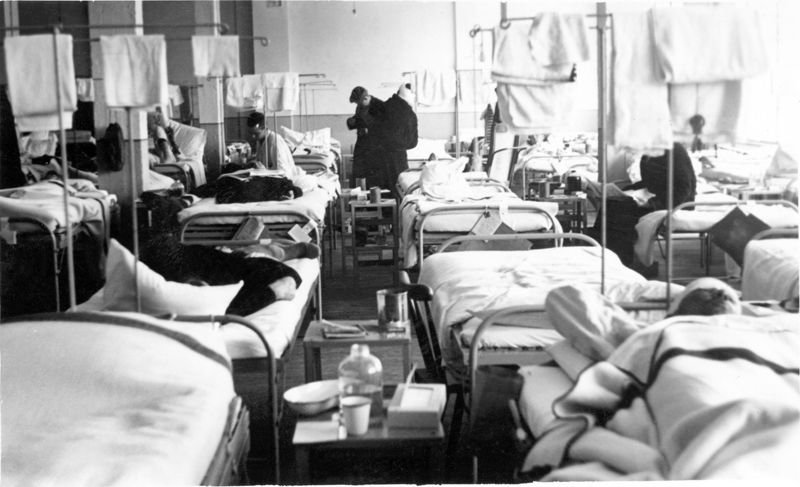
[16 of 25]
Also, these were fixed structures, so as the front line moved, the hospital was cut off from the American unit.
You couldn’t send anyone back and the docs could not send any Soldiers back into the fight once treated.
Also, these were fixed structures, so as the front line moved, the hospital was cut off from the American unit.
You couldn’t send anyone back and the docs could not send any Soldiers back into the fight once treated.
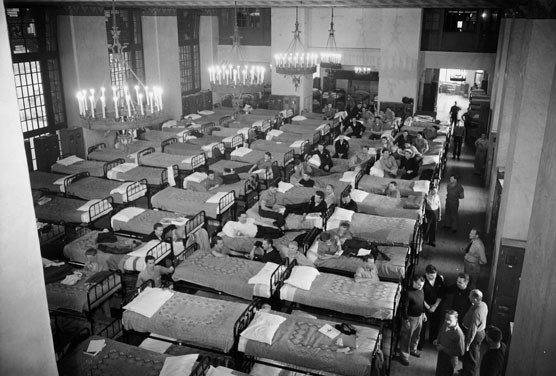
[17 of 25]
Vincent Marran, a medic on the front lines in France, saw this process as a waste of resources and an inefficient way to organize for combat.
Vincent Marran, a medic on the front lines in France, saw this process as a waste of resources and an inefficient way to organize for combat.

[18 of 25]
Vincent knew we needed some way for medical care to keep pace with combat units.
He developed the Auxiliary Surgery Group, a small, mobile unit of medics and docs with tents and vehicles.
Vincent knew we needed some way for medical care to keep pace with combat units.
He developed the Auxiliary Surgery Group, a small, mobile unit of medics and docs with tents and vehicles.
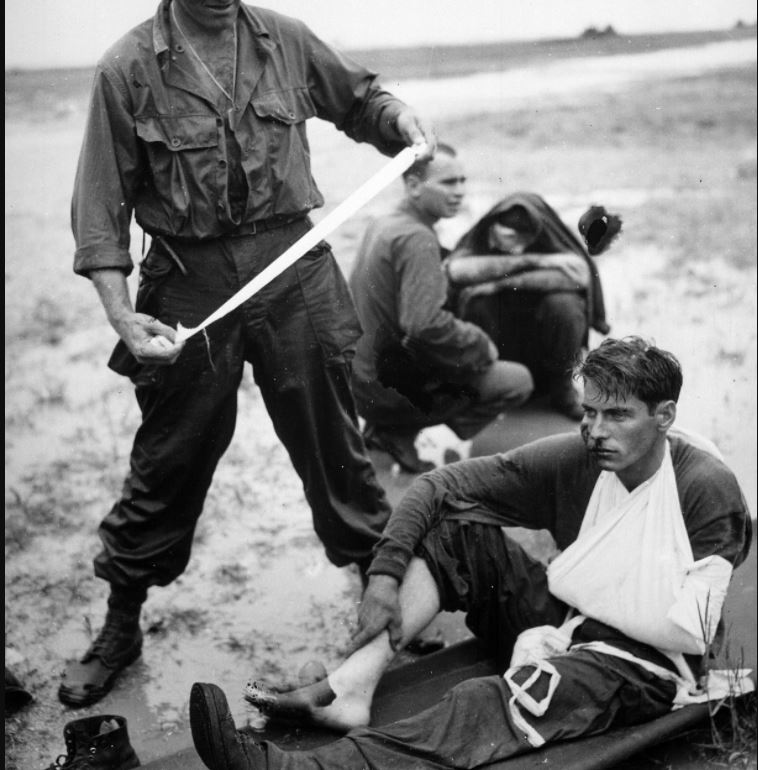
[19 of 25]
The Auxiliary Surgery Group would break down its tents and move with its supported combat unit.
It would also plug into the nearest field hospital.
The Auxiliary Surgery Group would break down its tents and move with its supported combat unit.
It would also plug into the nearest field hospital.
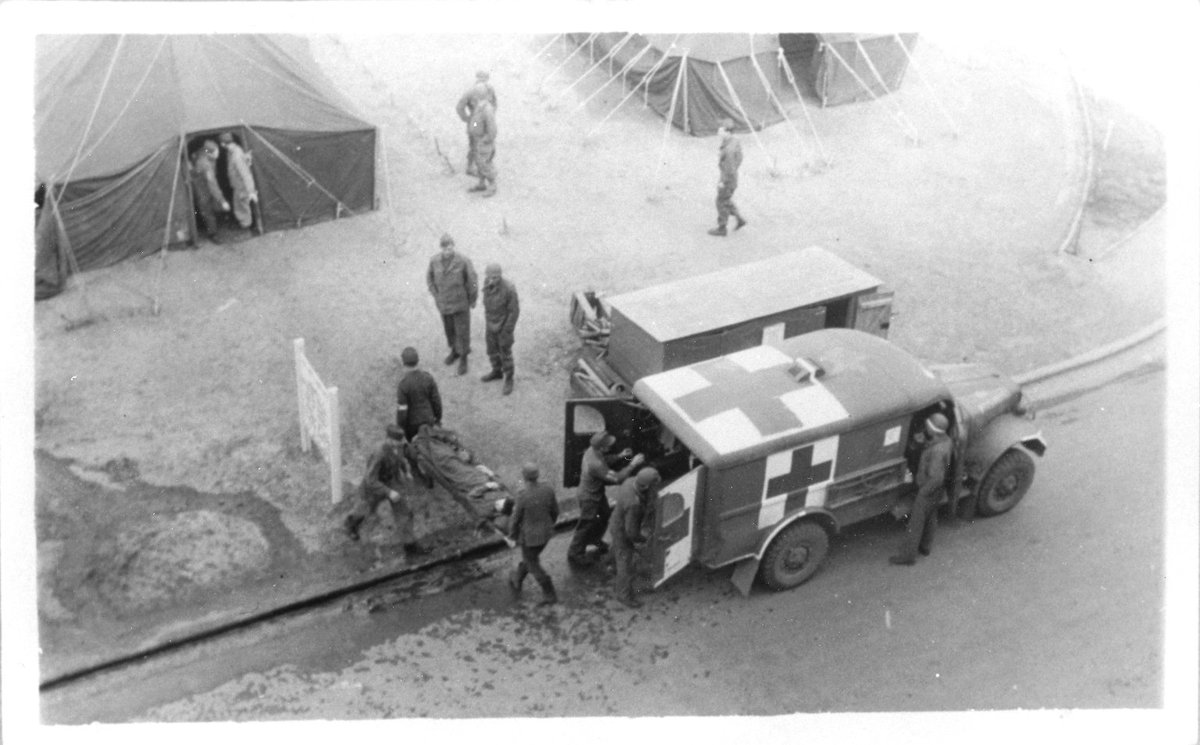
[20 of 25]
The Auxiliary Surgery Group was small: a chief surgeon, an assistant surgeon, an anesthesiologist, a surgical nurse, and two technicians. Six people. These six people supported and transported themselves.
They also become overwhelmed with patients pretty quickly.
The Auxiliary Surgery Group was small: a chief surgeon, an assistant surgeon, an anesthesiologist, a surgical nurse, and two technicians. Six people. These six people supported and transported themselves.
They also become overwhelmed with patients pretty quickly.
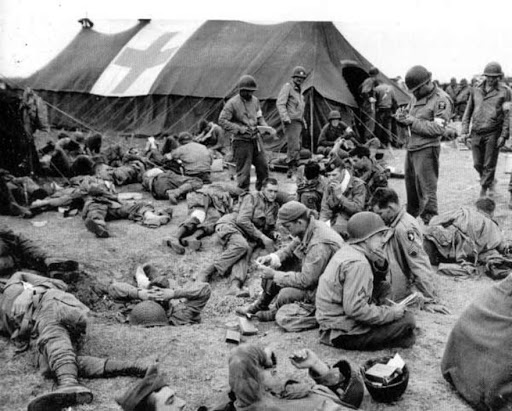
[21 of 25]
Vincent won a lot of support for the idea, but the war ended before the Auxiliary Surgery Group made it into widespread use and these groups never were awarded a formal Army designation.
Vincent won a lot of support for the idea, but the war ended before the Auxiliary Surgery Group made it into widespread use and these groups never were awarded a formal Army designation.
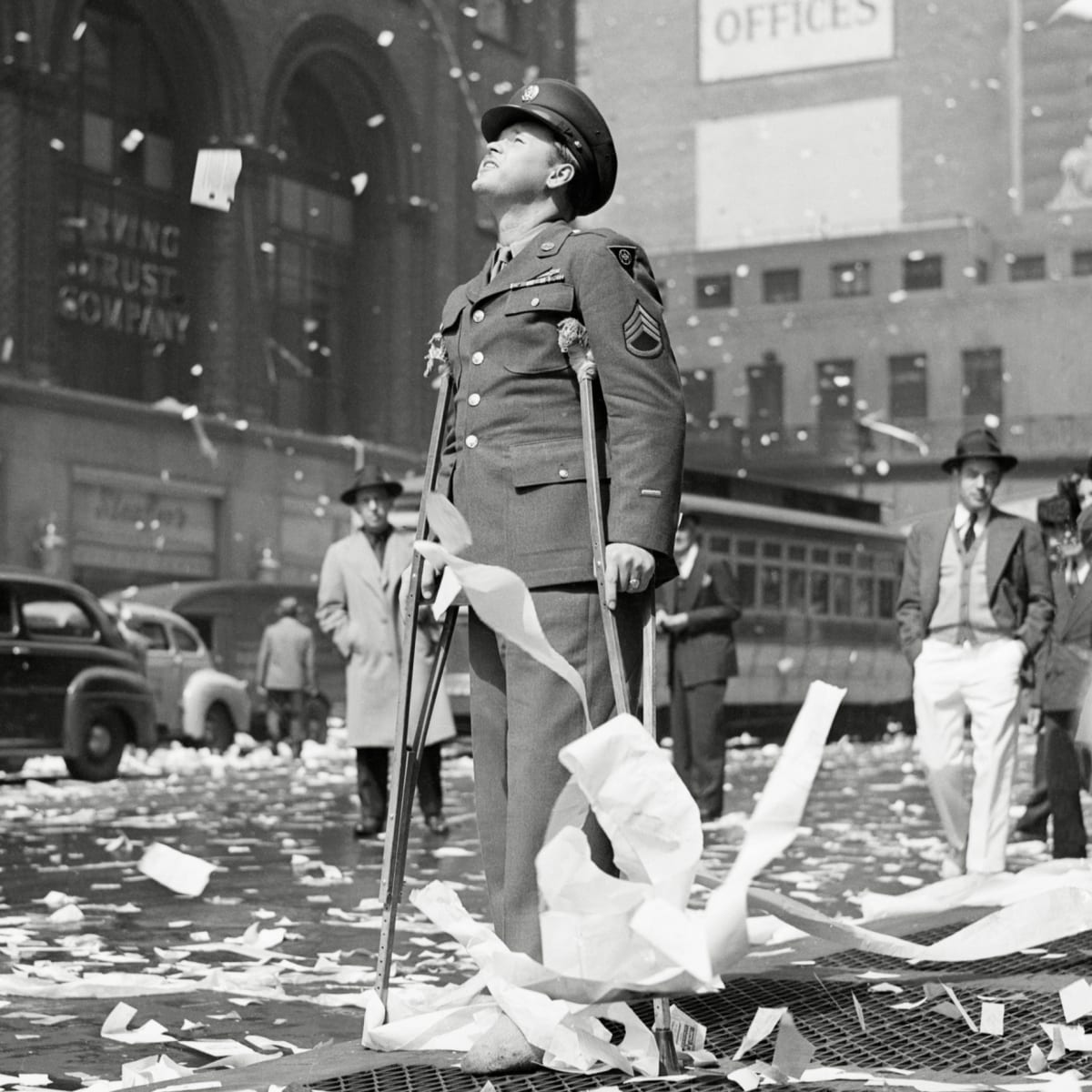
[22 of 25]
After the war, General Norman Kirk, the Army Surgeon General, embraced the idea and had his staff develop it further and build out the force structure of these units.
One common theme in all these stories: a senior Army leader must buy into the idea at some point.
After the war, General Norman Kirk, the Army Surgeon General, embraced the idea and had his staff develop it further and build out the force structure of these units.
One common theme in all these stories: a senior Army leader must buy into the idea at some point.
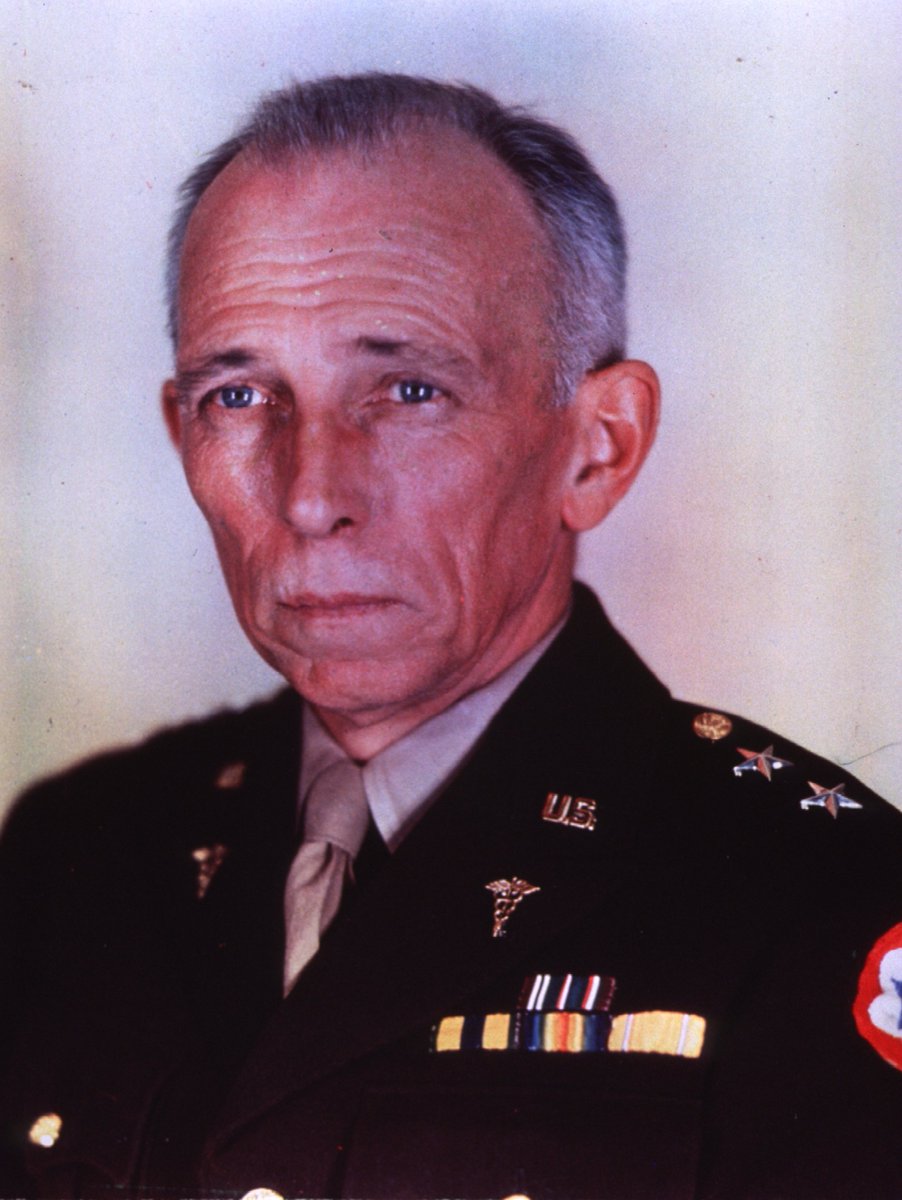
[23 of 25]
With General Kirk’s support, Vincent’s idea became the MASH unit. The first MASH units were formally established in Far East Command in the late 1940s.
The MASH concept was enormously successful during the Korean War.
With General Kirk’s support, Vincent’s idea became the MASH unit. The first MASH units were formally established in Far East Command in the late 1940s.
The MASH concept was enormously successful during the Korean War.
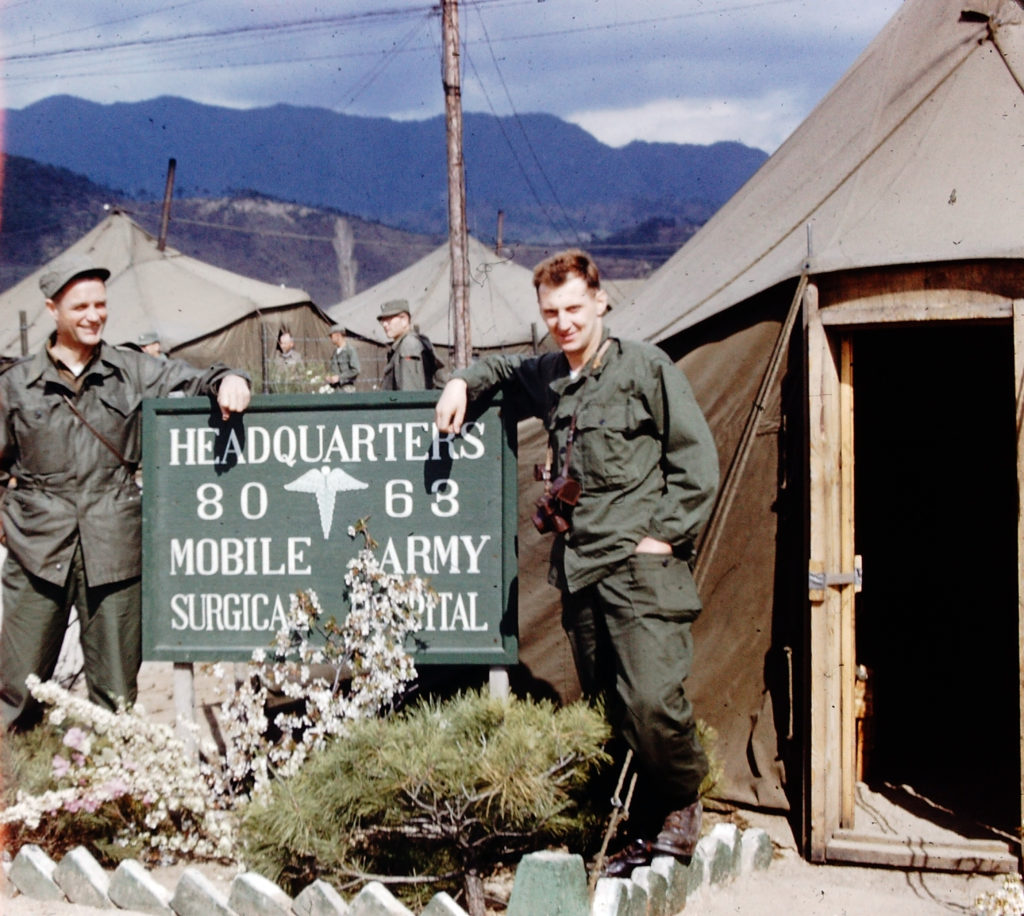
[24 of 25]
During WWII, a seriously wounded Soldier who made it to a Camp Hospital had a 42% change of survival.
During the Korean War, a seriously wounded soldier who made it to a MASH unit alive had a greater than 87% chance of survival.
During WWII, a seriously wounded Soldier who made it to a Camp Hospital had a 42% change of survival.
During the Korean War, a seriously wounded soldier who made it to a MASH unit alive had a greater than 87% chance of survival.
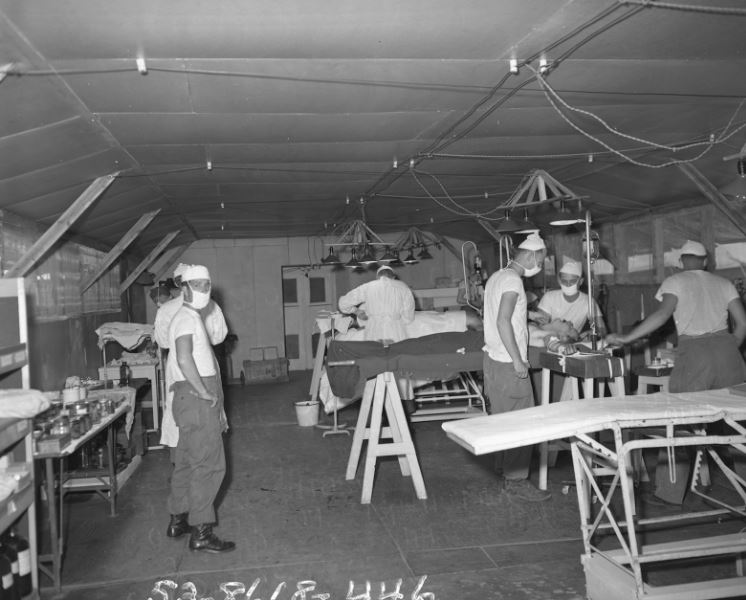
[END]
We’re fascinated with these stories and are really looking forward to February 22nd, when we'll see the next Soldier-driven innovation that will change the Army.
Episode 3 will reveal the next Vincent Marran, the next Soldier who will drive the Army in a new direction.
We’re fascinated with these stories and are really looking forward to February 22nd, when we'll see the next Soldier-driven innovation that will change the Army.
Episode 3 will reveal the next Vincent Marran, the next Soldier who will drive the Army in a new direction.
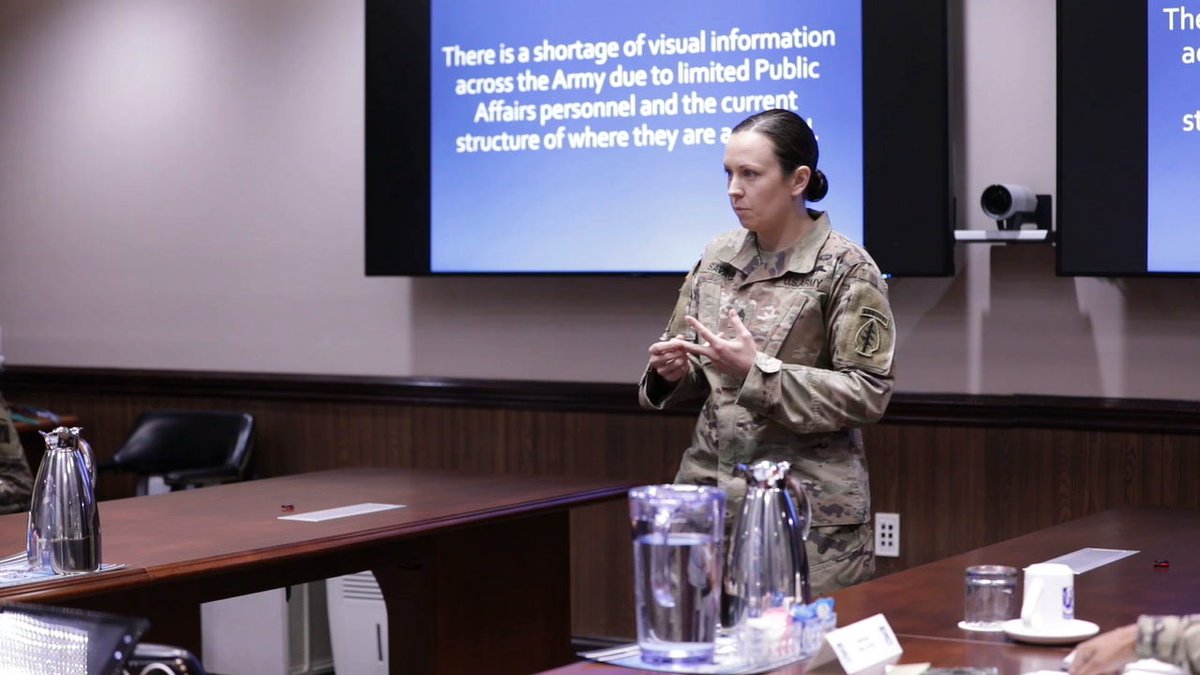
• • •
Missing some Tweet in this thread? You can try to
force a refresh
